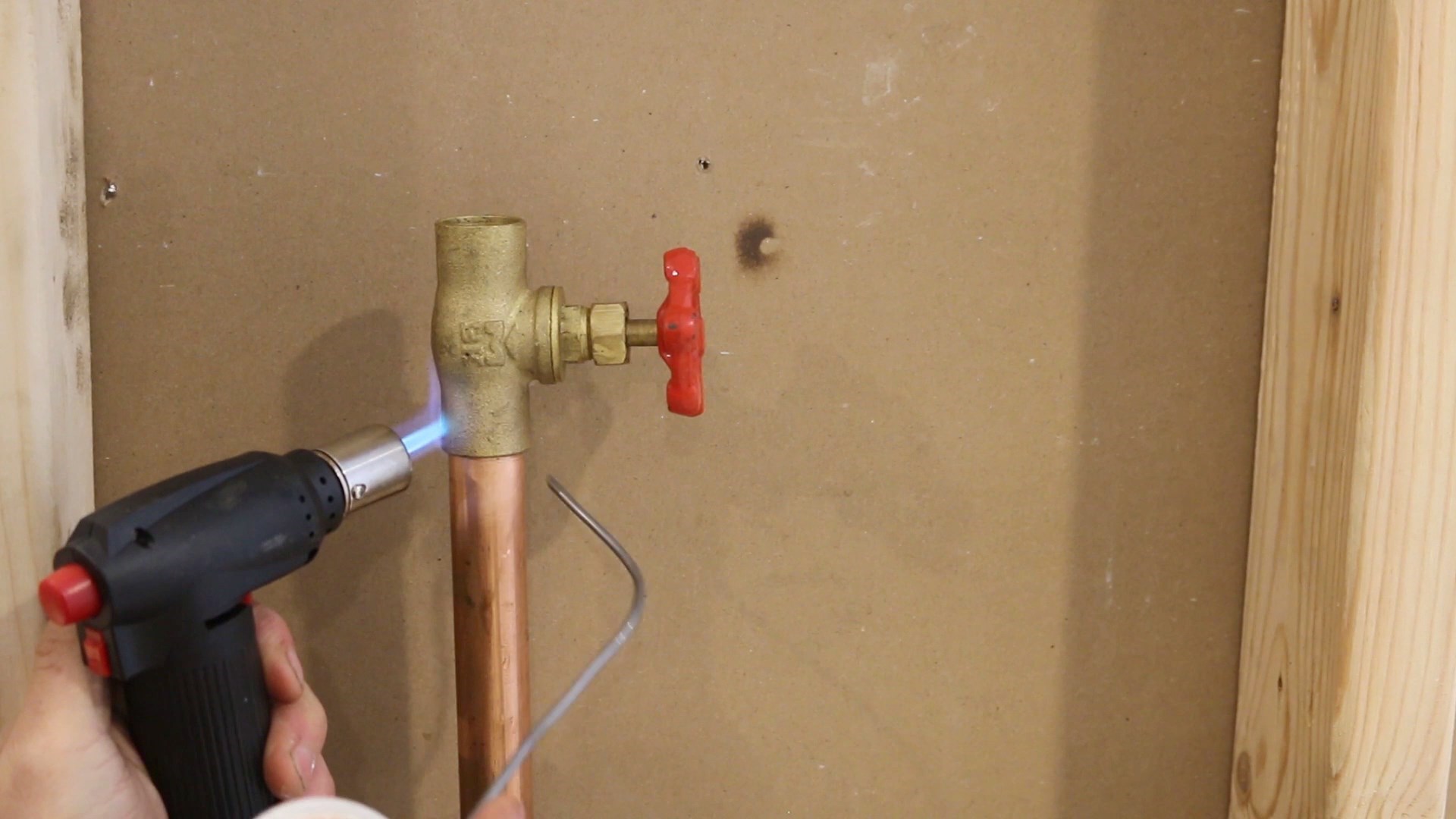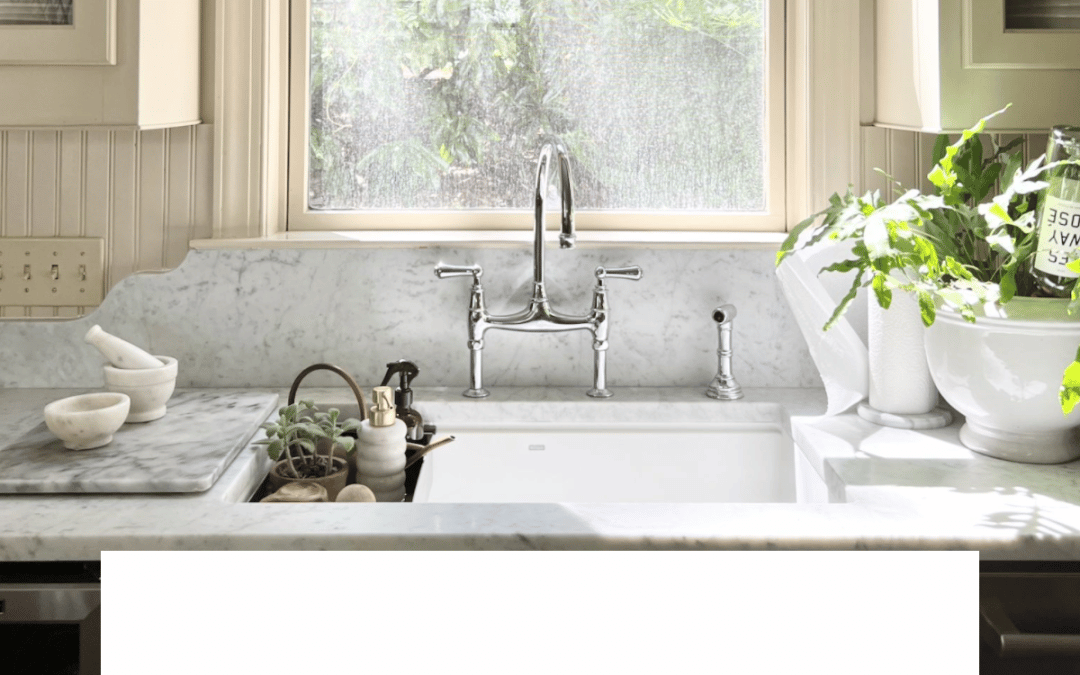We have noticed the article involving Winterizing Your Pipes listed below on the web and decided it made perfect sense to talk about it with you on my blog.

All home owners that stay in temperate climates need to do their best to winterize their pipes. It is something you have to do during fall before deep winter season really starts. Failure to do so can spell catastrophe like frozen, cracked, or ruptured pipelines. If the climate exterior is frightful, here are some helpful winterizing hacks to keep your plumbing system safeguarded also.
Turn On the Faucets
When the temperature level drops and also it seems as if the icy temperature level will certainly last, it will aid to activate your water both indoors and also outdoors. This will keep the water flowing via your plumbing systems. On top of that, the motion will certainly reduce the freezing process. Significantly, there's no requirement to turn it on full force. You'll wind up losing gallons of water in this manner. Rather, go for about 5 declines per minute.
Open Cupboard Doors Hiding Plumbing
When it's chilly outside, it would be valuable to open cabinet doors that are camouflaging your pipes. Doing this little trick can keep your pipelines warm and limit the possibly hazardous results of freezing temperatures.
Require Time to Wrap Exposed Water Lines
One easy and nifty hack to heat up cold pipelines is to cover them with warm towels. You can cover them initially with towels. After protecting them in place, you can pour boiling water on the towels. Do it gradually to allow the towels soak up the liquid. You can additionally use pre-soaked towels in hot water, just don't neglect to use protective gloves to safeguard your hands from the heat.
Attempt a Hair Dryer or Warmth Weapon
When your pipelines are practically freezing, your reliable hair dryer or warmth weapon is a blessing. If the hot towels do not help displace any kind of working out ice in your pipelines, bowling hot air directly right into them may aid. Do not use other items that produce straight flames like a blow torch. This can lead to a larger disaster that you can not control. You may end up destructive your pipes while attempting to thaw the ice. And in the long run, you may also wind up shedding your house. Beware!
Shut down Water When Pipelines are Frozen
If you notice that your pipelines are completely frozen or almost nearing that stage, turn off the major water shutoff instantly. You will usually discover this in your cellar or utility room near the heating system or the front wall surface closest to the street. Turn it off right now to avoid further damages.
Don't fail to remember to close exterior water sources, as well, such as your connection for the yard residence. Doing this will avoid added water from filling out your plumbing system. With more water, even more ice will load up, which will at some point lead to break pipelines. If you are unsure about the state of your pipelines this winter, it is best to call a specialist plumber for an evaluation. Taking this positive strategy can save you hundreds of dollars out of commission.
All homeowners that live in pleasant climates should do their best to winterize their pipelines. Failure to do so can lead to calamity like frozen, broken, or burst pipelines. If the hot towels do not help displace any settling ice in your pipes, bowling hot air straight into them might assist. Transform off the major water shutoff immediately if you see that your pipelines are totally icy or almost nearing that phase. With more water, more ice will certainly stack up, which will ultimately lead to burst pipes.
PREVENT YOUR PIPES FROM FREEZING THIS WINTER
A Leading Cause of Property Damage
When the weather is taking a deep nose dive into the cold dreary days, the risk of your pipes freezing and potentially bursting skyrockets. Unfortunately, during these cold dreary months, burst pipes are the most common denominator for property damage. The pipes that are most at the risk are those that are in areas where it is most cold in your home. For instance, pipes located in interior places such as basements, attics, and your garage. Unfortunately, that doesn’t mean that the pipes running through your cabinets or exterior walls can’t freeze. Good news, however, is that you can do things to help prevent pipes from freezing.
How to Prevent Pipes From Freezing
Once the temperature starts to drop during the winter, you should be taking the proper measures needed to ensure that your pipes stay warm and that there is circulation of water through them. Some steps that experts may recommend could go against your better judgement when it comes to saving water and heat. However, it would go without saying that when expenses are compared, damaged pipes could put a bigger dent in your wallet than a water bill.
What Can I Do?
Keep your garage door closed. This is very important, especially if you have water supply lines running through your garage. Open your kitchen and bathroom cabinets to allow warm air to circulate through them. Allow air circulation throughout your home. Keeping the interior doors open will once again allow the warm air to circulate inside your home. Ensure your thermostat is running the same temperature throughout the night and day. If you plan to be away from home during the cold months, set your temperature no lower than 55° F. This should provide enough heat to keep the pipes warm and prevent any remaining water inside the pipes from freezing. For more of a long-term solution, add insulation to attics, basement, and other crawl spaces around your home. By allowing your faucet to drip, it will alleviate pressure in the system. This is important because the pressure that is created between the blockage and the faucet can potentially cause the pipes to burst. Allowing the faucet to drip will prevent the pressure from building up, therefore keeping the pipes from bursting. Seal any cracks, openings, and crawl spaces around your home to prevent cold air from coming inside. This keeps your pipes-not to mention your home-warmer and less susceptible to issues caused by freezing temperatures. For the pipes in your home that are easily accessible, applying electrical tape to them might prevent them from freezing over. This is a quick fix, as you can apply the tape directly to the pipe. There are two options for heating tapes. One turns on and off by itself when it senses heat is needed. The other type of heating tape needs to be applied when heat is needed and removed when not necessary. If you have exposed pipes in your home, you can check this website to take a look at a few options that would be available at a shop near you.

Do you really like reading about How to stop pipes from freezing during the winter? Make a remark directly below. We would be pleased to see your views about this post. In hopes to see you back again in the future. So long as you liked our blog entry plz don't forget to share it. Thank you for going through it.
Dial immediately!